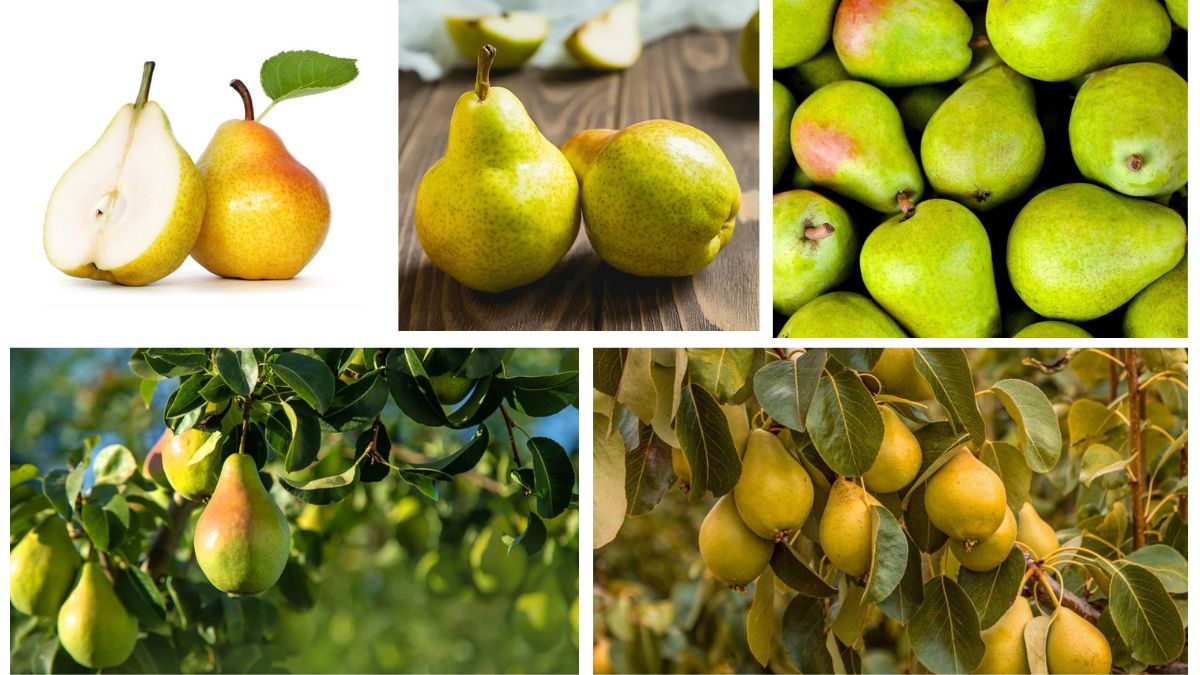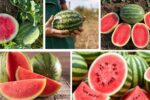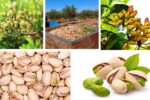Pears have long been cherished for their succulent texture, refreshing sweetness, and versatility in both fresh and culinary applications. From crisp, juicy varieties enjoyed straight from the tree to softer, aromatic types ideal for poaching and baking, pears are a staple in many diets around the world. As global fruit consumption increases, the demand for pears continues to rise, making their cultivation an important aspect of modern horticulture.
But have you ever wondered which nation holds the title of the largest pear cultivator in the world? In this comprehensive article, we’ll explore the global pear industry, production trends, leading cultivators, and ultimately reveal which country tops the list.
A Brief Introduction to Pear Cultivation
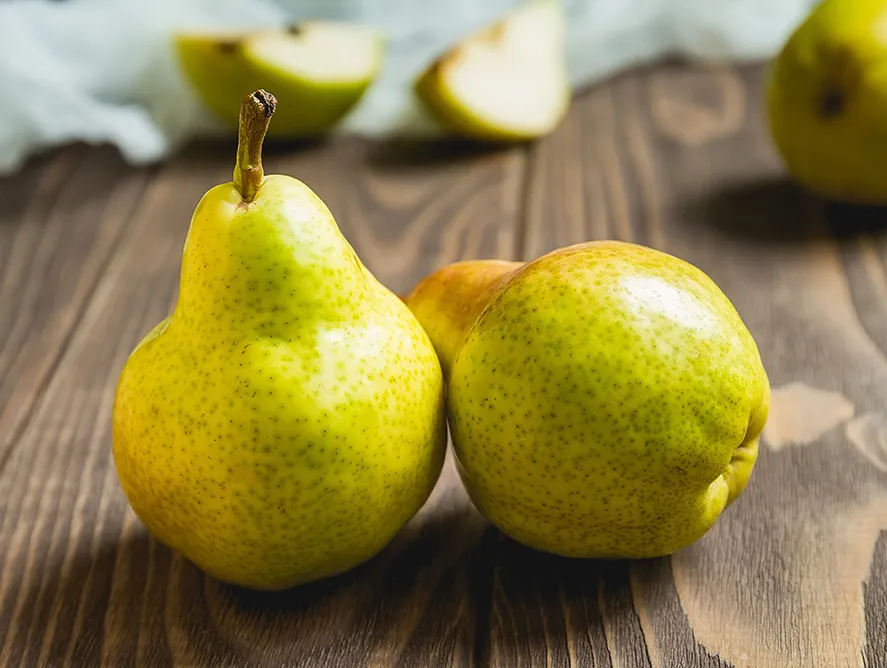
The pear belongs to the genus Pyrus in the Rosaceae family, which also includes apples, cherries, and plums. Pears have been cultivated for over 3,000 years, originating in regions of Western Europe and Asia before spreading across the globe.
Pears thrive in temperate climates with cold winters and mild summers. They require a chilling period to produce fruit but are generally adaptable to various soil types as long as drainage is adequate.
Popular pear varieties include:
- Bartlett (Williams)
- Anjou
- Bosc
- Asian Pear (Nashi)
- Comice
- Forelle
Pears are enjoyed fresh, canned, dried, and as ingredients in jams, desserts, and drinks.
Global Pear Production Overview
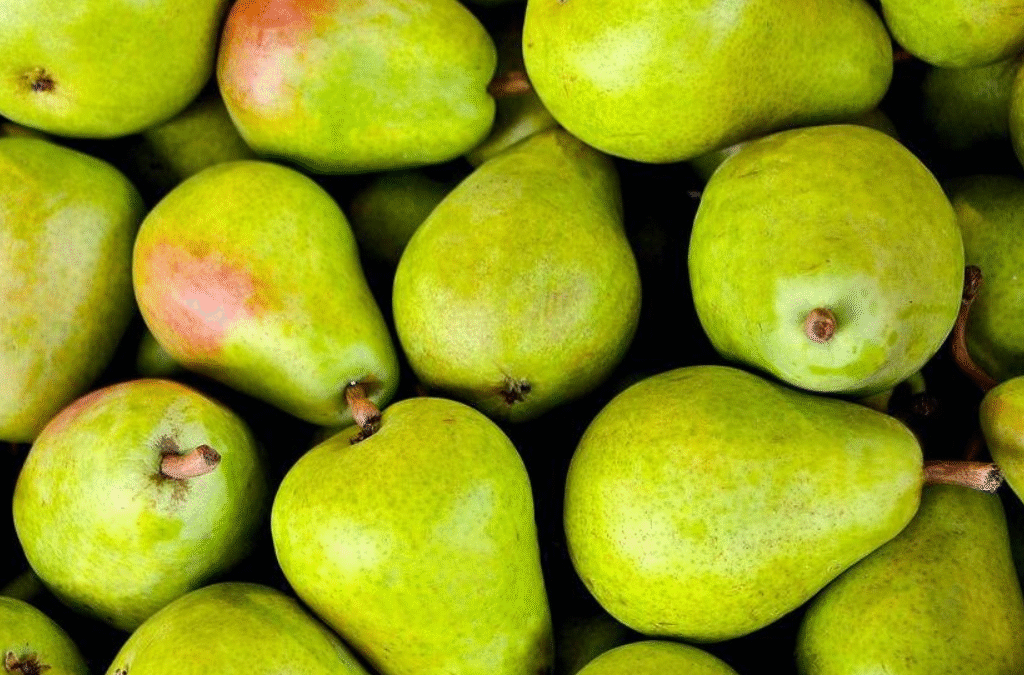
Pear production is a significant agricultural activity in several countries. According to data from the Food and Agriculture Organization (FAO) and international fruit market reports, pear cultivation spans continents, with notable producers in Asia, Europe, North America, and South America.
Leading pear-producing countries include:
- China
- United States
- Argentina
- Italy
- Turkey
- South Korea
- Spain
- Chile
However, one country overwhelmingly dominates global pear cultivation, contributing more than two-thirds of the total world output.
Which Country Is the Largest Pear Cultivator in the World?
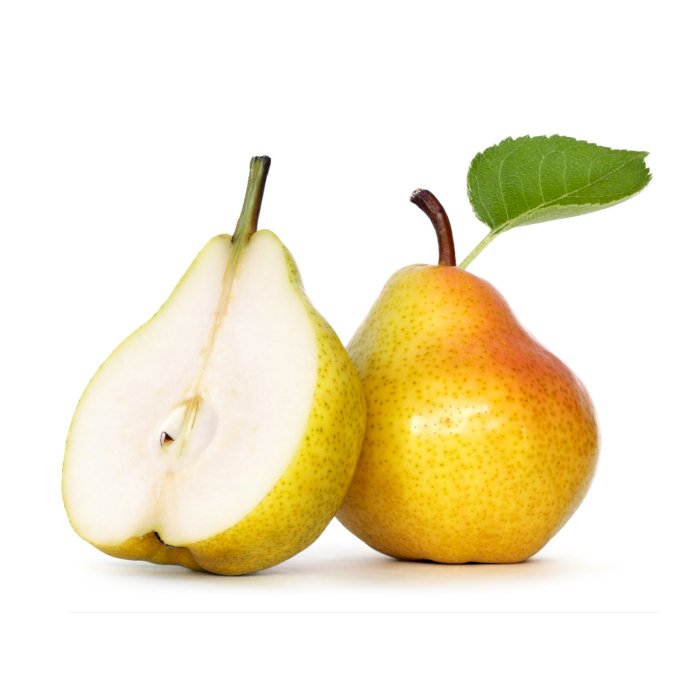
China is by far the largest pear cultivator in the world, maintaining a dominant position in both production volume and cultivated area.
According to the latest FAO statistics, China produces over 18 million metric tons of pears annually, accounting for nearly 70% of the world’s total production. This staggering figure places China well ahead of other leading pear-growing nations like Argentina, the United States, and Italy.
Why Is China the Top Pear Cultivator?
Several factors contribute to China’s unparalleled success in pear cultivation:
1. Favorable Climate and Geography
China’s diverse geography and expansive territory provide ideal growing conditions for pears. Provinces like Hebei, Shandong, Liaoning, and Henan possess temperate climates with cold winters and warm summers — conditions perfect for pear trees.
2. Centuries of Horticultural Tradition
China boasts a rich history of pear cultivation dating back over 2,000 years. The country has developed countless pear varieties and cultivation techniques, preserving ancient agricultural knowledge while embracing modern advancements.
3. High Domestic Consumption
With a population of over 1.4 billion, domestic demand for pears in China is substantial. Pears are a dietary staple and are often used in traditional Chinese medicine for their hydrating and throat-soothing properties.
4. Advanced Agricultural Practices
China has heavily invested in modern fruit production technologies, including high-density planting, grafting methods, integrated pest management, and efficient irrigation systems. These innovations have significantly increased yields and improved fruit quality.
5. Diverse Variety Range
China grows an impressive array of pear types, including Asian pears (Nashi), known for their crisp texture and high water content, as well as European-style pears. This diversity caters to both local and international markets.
Other Leading Pear-Producing Countries
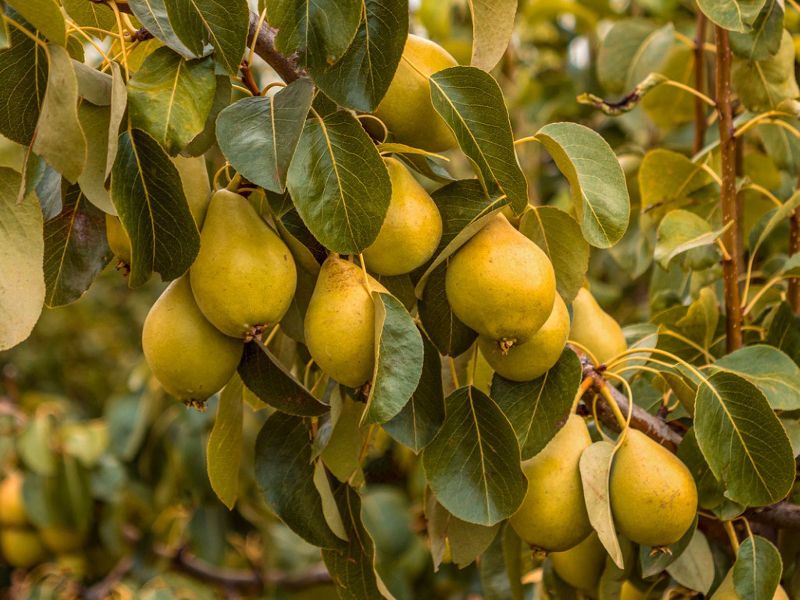
While China is the undisputed leader, several other nations play significant roles in global pear production:
Argentina
Argentina ranks second globally, producing approximately 600,000 to 700,000 metric tons annually. Most of the country’s pears are grown in Patagonia’s Alto Valle region, where the cold winters and dry climate favor fruit quality. Argentina is a major pear exporter, with primary markets in Brazil, Russia, and the European Union.
United States
The U.S. produces around 550,000 to 600,000 metric tons of pears per year, with cultivation concentrated in Oregon, Washington, and California. Popular American varieties include Bartlett, Bosc, and Anjou. The U.S. is a top pear exporter, primarily to Canada and Mexico.
Italy
Italy, the largest pear producer in Europe, yields approximately 500,000 metric tons annually. The fertile Po Valley region offers excellent conditions for cultivating European pear varieties like Abate Fetel, Williams, and Conference. Italy exports significant quantities to Germany, France, and the United Kingdom.
Turkey
Turkey’s pear production hovers around 450,000 metric tons, with popular local varieties including Santa Maria and Ankara. The country benefits from its diverse microclimates and rising domestic consumption.
South Korea
South Korea specializes in cultivating Asian pears (bae), known for their round shape, crisp texture, and high sugar content. The country produces around 350,000 metric tons annually and exports to North America, Southeast Asia, and the Middle East.
Global Pear Trade and Export Markets
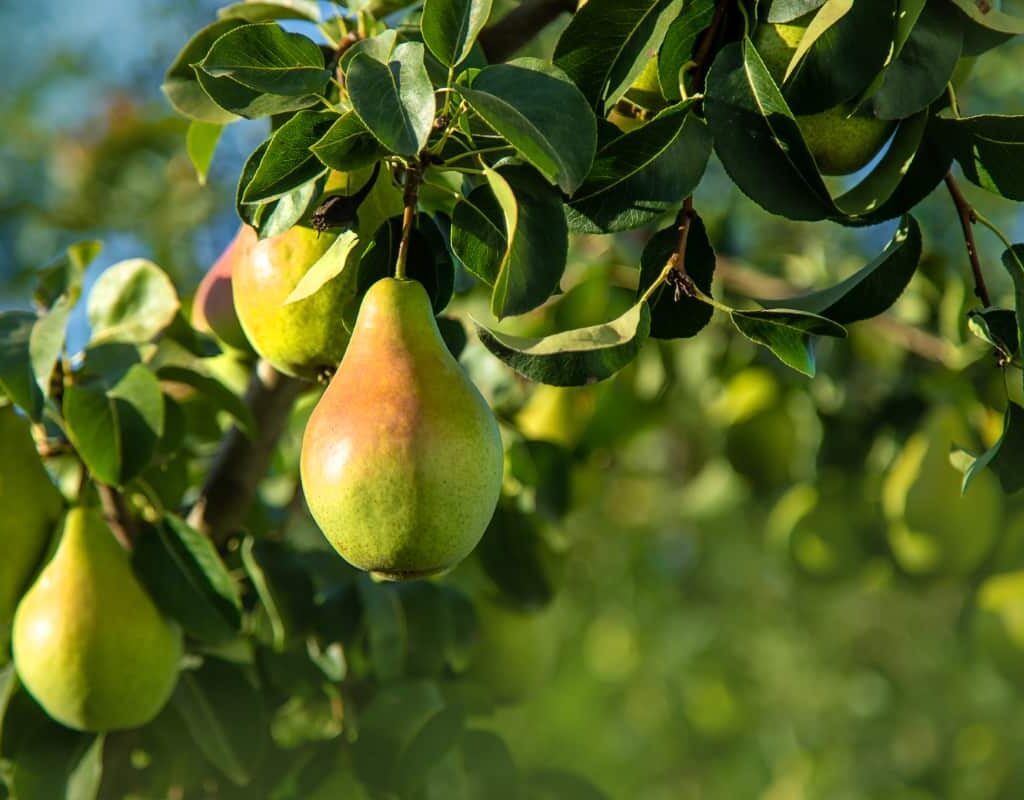
Interestingly, despite being the largest producer, China’s pear exports are modest relative to its production, as the majority of the harvest is consumed domestically.
Argentina, the United States, Italy, South Korea, and the Netherlands dominate the international pear trade. Key global importers include:
- Russia
- Germany
- United Kingdom
- France
- Brazil
- Canada
Trade volumes fluctuate based on seasonal yields, tariff changes, and phytosanitary regulations.
Health Benefits of Pears
Pears aren’t just delicious; they also offer a wealth of health benefits:
- Rich in dietary fiber for improved digestion.
- Packed with vitamin C to boost immunity.
- Low in calories — an ideal fruit for weight management.
- Contains antioxidants like flavonoids and polyphenols.
- Supports heart health and reduces inflammation.
Traditional Chinese medicine often uses pears to treat coughs, throat irritation, and dehydration.
Challenges in Pear Cultivation
Despite global growth in production, pear cultivation faces several challenges:
- Pest and disease management (e.g., pear psylla, fire blight)
- Labor-intensive harvesting and pruning
- Climate change impacts leading to irregular flowering and fruiting
- Market competition and price fluctuations
Producers address these challenges through advanced integrated pest management, climate-resilient cultivars, and improved post-harvest storage techniques.
The Future of Global Pear Production
As consumers increasingly seek healthy, fresh, and locally produced fruits, global demand for pears is expected to grow steadily. Innovations like:
- High-density orchards
- Dwarf rootstocks
- Climate-controlled storage
- Organic and sustainable farming practices
are reshaping the pear industry. Emerging markets in Southeast Asia, the Middle East, and Africa present new opportunities for global pear producers and exporters.
Conclusion
In conclusion, China stands as the largest pear cultivator in the world, contributing nearly 70% of the global supply. The country’s favorable climate, agricultural expertise, diverse variety range, and high domestic demand have cemented its position as the pear powerhouse.
While nations like Argentina, the United States, and Italy are notable players, none come close to matching China’s colossal production scale. As pear cultivation continues to evolve with technological advancements and shifting market trends, it remains an essential component of global fruit production.
Pears, with their rich history, health benefits, and universal appeal, will continue to delight consumers and drive agricultural economies worldwide for generations to come.
